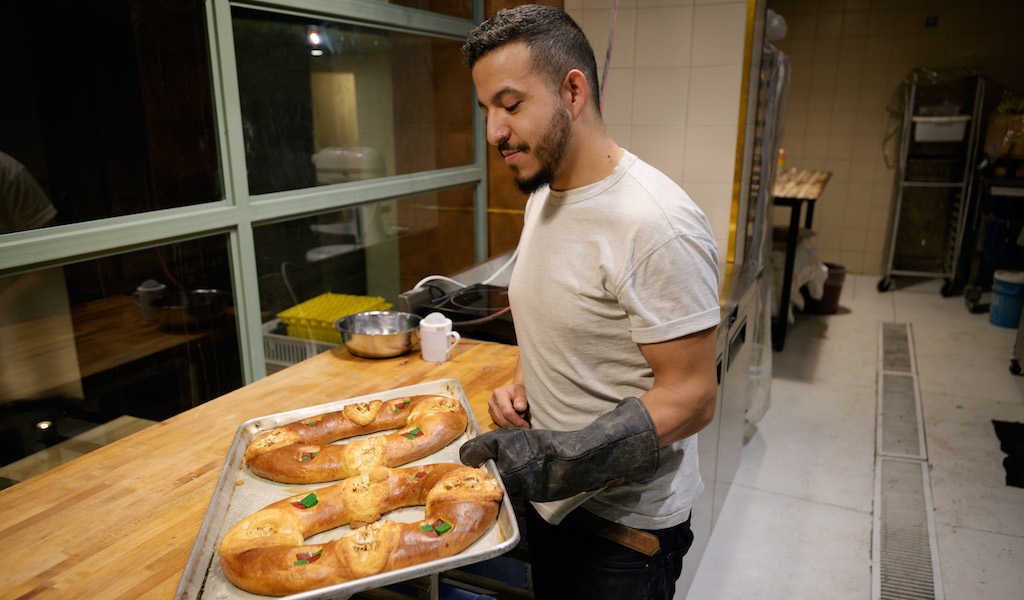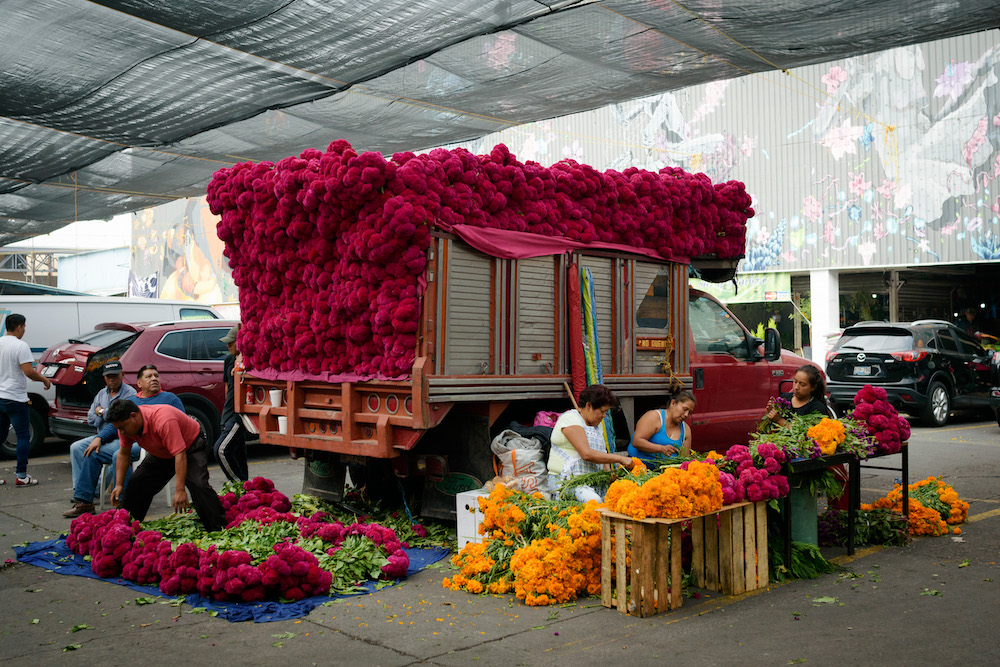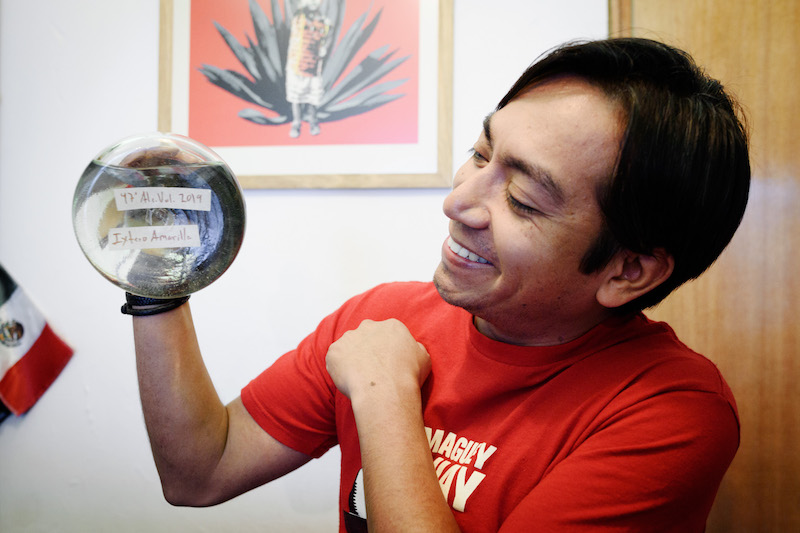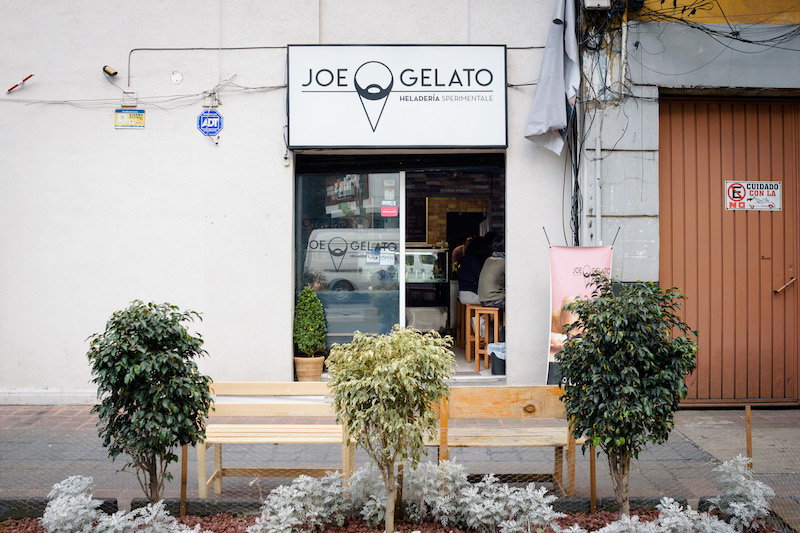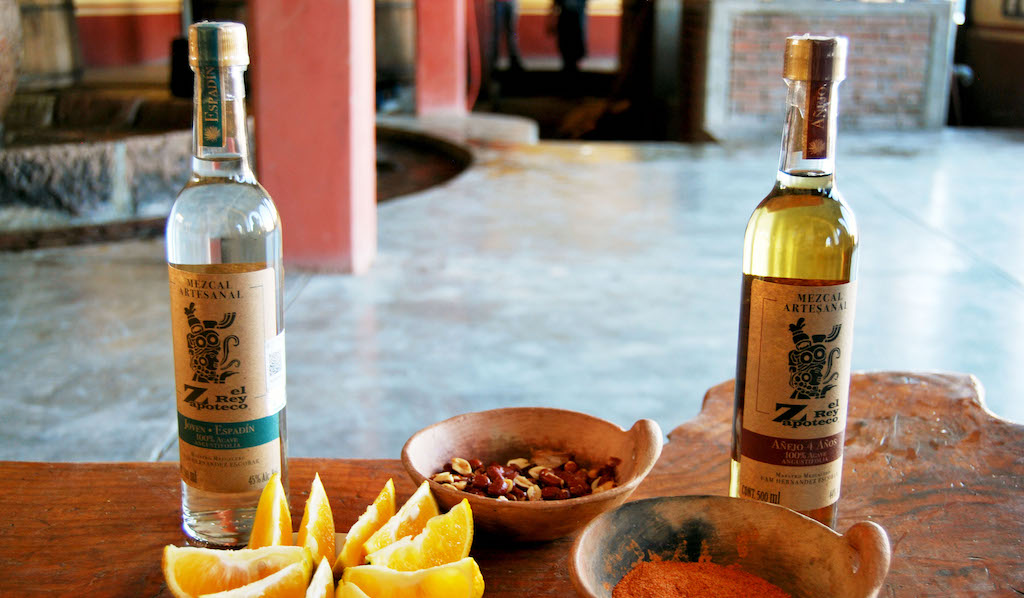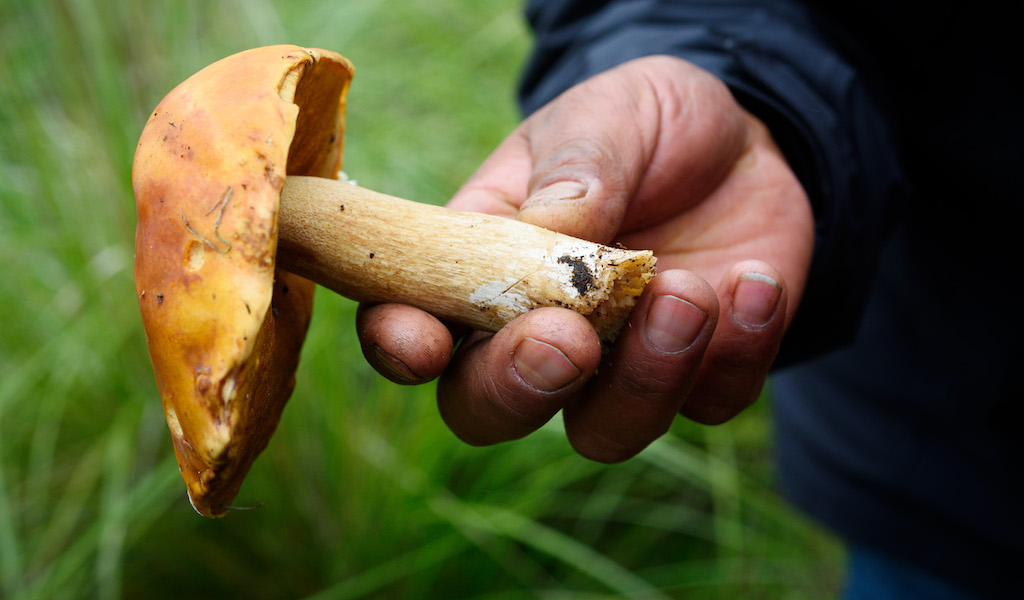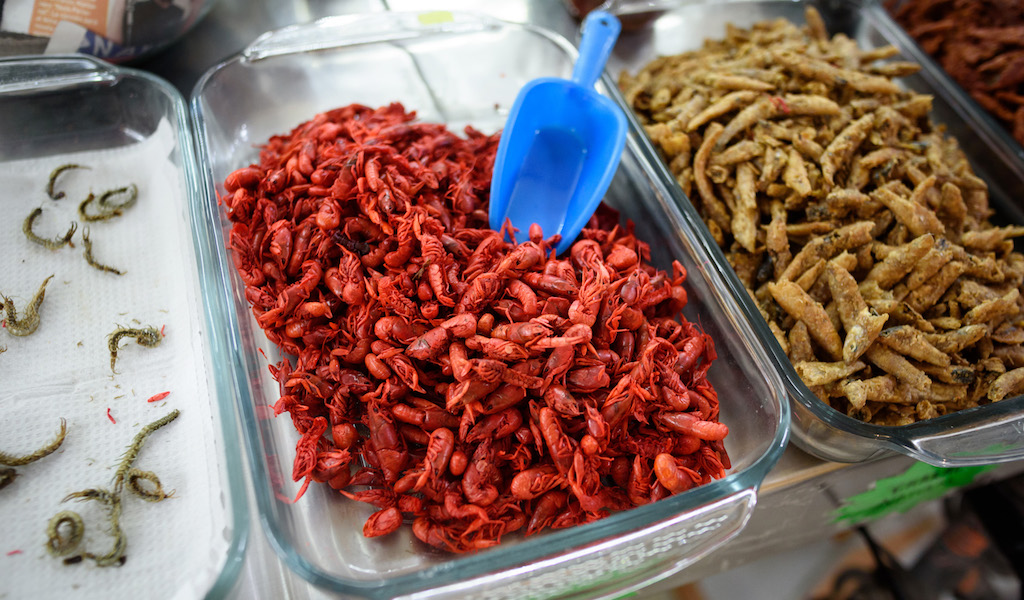We can't find the internet
Attempting to reconnect
Something went wrong!
Hang in there while we get back on track
Search results for "Lydia Carey"
Mexico City
Forte Bakery: Maintaining the Ritual of Rosca de Reyes
“You can’t call yourself Mexican if you don’t eat rosca de reyes,” jokes Rafa Rivera, head baker and owner of Forte Bread and Coffee in Mexico City. Distracted, he stops grating orange peel long enough to muse about the king’s cake he is making. Only 29, he already has several businesses under his belt, and is about to open a second Forte location in Colonia Juarez. Rafa opened the flagship Forte in the Roma Norte neighborhood, serving up delicious pastries and coffee, with beans from Pólvora Coffee Roasters – where his brother Julián is the lead roaster. (In 2017, Julián won first prize in the Mexican Brewers Cup Championship with his Pólvora beans.)
Read moreMexico City
Bread of the Dead: Jamaica Market’s Pop-Up Pan de Muerto Stands
“Caliente!” Juan calls out, and we all duck to avoid the steaming hot pan as it floats across the kitchen. He holds one side with a folded up towel, the other with a pair of pliers. Kitchen might be a bit of a misnomer. The small stall sits on the sidewalk, with a temporary tin roof overhead and brand new white tarps tied tightly to the back to protect against Mexico City’s afternoon thunderstorms. Each day for the three weeks leading up to Día de los Muertos, the Day of the Dead holiday, Tito Garcia, the stand’s owner, and the rest of the crew, will make hundreds of pan de muerto sweet rolls, as part of the Jamaica Market’s holiday romería.
Read moreMexico City
Mis Mezcales: Liquid Roots
Has mezcal gone the way of avocado toast, an item that’s become shorthand for cliched hipster trendiness? If you think yes, a visit to Mis Mezcales in Mexico City’s Colonia Roma may be in order. There, you will find Omar Trejo sitting behind his unassuming makeshift bar, parceling out sips to the uninitiated and reminding everyone who stops by his small liquor store devoted to small-batch Mexican distillates that before it became a “buzzy” spirit, mezcal was an elixir heavily-rooted in the soils and stories of Mexico. As Omar makes clear to those who come in, every bottle of mezcal tastes different, even from the same brand, the same agave variety and same year. It’s one of the drink’s greatest strengths and probably one of the greatest frustrations for drinkers who expect the standardization of tequila.
Read moreMexico City
Joe Gelato: Experimental Scoops
Black ice cream is not an easy sell, but Jose Luis Cervantes, AKA Joe Gelato, is a persuasive guy. It’s not just his million-dollar smile or easygoing nature, but also the passion that he clearly feels for his gelato. “Before I went to Italy, I knew about the concept of gelato,” says Jose, “but I had no idea how good it would be. I had only tasted what was available in Mexico at time. I went there and felt the fat in my mouth, the sugars, I can’t explain it – I love it. I love the whole culture around gelato.”
Read moreOaxaca
El Rey Zapoteco: The Matron of Mezcal
“When you like what you do, and you're young, nothing is impossible,” says Doña Juanita Hernandez, one of a handful of female master distillers in Oaxaca, the heart of Mexico’s small-scale mezcal industry. She sits, tiny and relaxed on a wooden bench as we sip mezcal in her distillery, El Rey Zapoteco, in the Oaxacan town of Santiago Matatlan. Doña Juanita herself was just a young girl when she started filling and labeling the bottles at her uncle’s distillery. He was the first person to bottle in the town, which has a long-held tradition of mezcal production. “[His brand was] Mezcal Matatlan,” she remembers. “He bought a bottling machine – a tiny one for four bottles at a time, and he had me fill the bottles and put on the labels.”
Read moreMexico City
Fun Guy: On the Trail With Mexico City’s Longtime Mushroom Hunter
When Andres Contreras brings wild hongos (mushrooms) down from the forest, everyone starts preparing for a feast. “I learned everything from my dad. The categories of mushrooms, which were edible, everything,” says Andres on the day we trekked through those same woods he walked as a child, discovering the secrets of hunting for fungi. He makes quick work of the kilometers to the top of the section we are walking, with a hawk-like accuracy for spotting mushrooms and a soft gait despite his chunky rain boots. The area, about an hour outside of Mexico City in Mexico State, has been home to mushroom hunters for over a hundred years and is a parcel jointly owned by several communities in a cooperative structure known as an ejido.
Read moreMexico City
Buggin’ Out: Mexico City’s Edible Insect Renaissance
During the dry season in Mexico’s Mixtec highlands, when it’s windy, bugs called chinches (or jumiles in other regions) are ready to be collected from the epiphytic bromeliads – dramatic plants that grow on trees or other plants – where they live. “Children climb the trees, grab the epiphyte, bring it down to the ground and shake it until all the bugs fall from it. They eat them alive; and appreciate them for their spicy taste, reminiscent of chilli pepper,” write the scholars Esther Katz and Elena Lazos in an article that’s part of the 2017 book Eating Traditional Food. Scorpions, ants, crickets, grasshoppers, worms from the maguey plants – Mexico is the Latin American country where the most bugs are eaten according to Katz and Lazos.
Read more